Sewing is a timeless craft that has been passed down through generations. From quilting to fashion design, sewing has a variety of applications and has evolved with modern technology. However, no matter the project or the level of expertise, one thing remains constant – the importance of sewing tools. In this article, we will explore the different types of sewing tools and their functions in the sewing process.
Needles
The needle is the most essential tool in sewing. It is responsible for creating the stitches that hold the fabric together. There are various types of needles for different sewing techniques, such as hand-sewing, machine-sewing, and embroidery. Hand-sewing needles come in different sizes and shapes, each suited for a particular task. For example, embroidery needles have larger eyes to allow for thicker threads. On the other hand, machine needles are designed specifically for use with sewing machines and have a flat side to ensure proper insertion.
Pins
Pins are used to hold fabric pieces together before stitching. They come in different lengths, and some have colored heads for easy identification while sewing. The most common type of pins is the straight pin, which is used for general sewing. However, for specialized sewing tasks like quilting or beading, there are specific types of pins available. Silk pins, for example, have a thinner shaft to avoid damaging delicate fabrics.
Measuring and Marking Tools
Accurate measurements and markings are crucial in sewing, and therefore, having the right tools is essential. A sewing tape measure is a flexible, narrow, and long ruler that is used to measure fabric and body measurements. It is marked with both inches and centimeters for convenience. Seam gauges are small rulers with a slider that can be moved to mark specific measurements on the fabric. A dressmaker’s chalk or tailor’s chalk is used for marking fabric, and it can be easily wiped off after sewing.
Scissors
Scissors are an integral part of sewing. They are used to cut fabric, thread, and trim excess material. The key to efficient cutting is using the right type of scissors. Fabric scissors, also known as dressmaker’s shears, have sharp, long blades and can cut through multiple layers of fabric. They should only be used for cutting fabric to keep them sharp. Thread snippers, on the other hand, have shorter blades and are used for trimming threads and making precise cuts.
Sewing Machine
The sewing machine is a major investment for a sewist. It is used to stitch fabric efficiently and accurately. Sewing machines come with various features, such as different stitching patterns, adjustable stitch lengths, and automatic thread cutters. There are also specialized sewing machines for specific tasks like embroidery or quilting.
Conclusion
In conclusion, sewing tools play a crucial role in the sewing process. They are designed to make sewing more manageable, efficient, and precise. As a sewist, having the right tools can enhance your sewing experience and produce high-quality results. Therefore, it is important to invest in good quality sewing tools and maintain them properly for long-lasting use. Happy sewing!
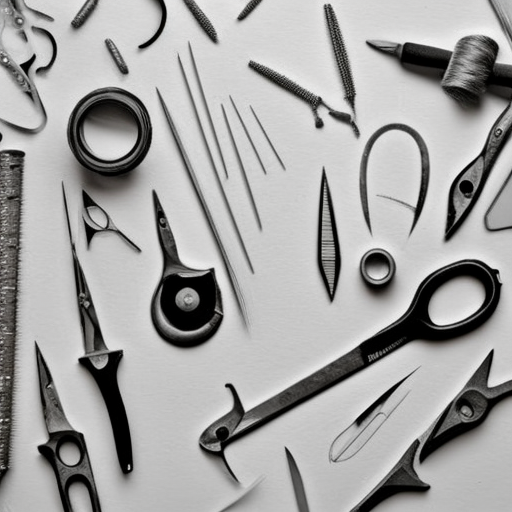
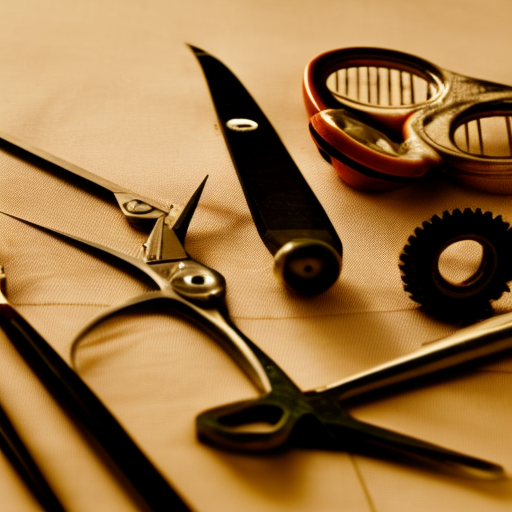
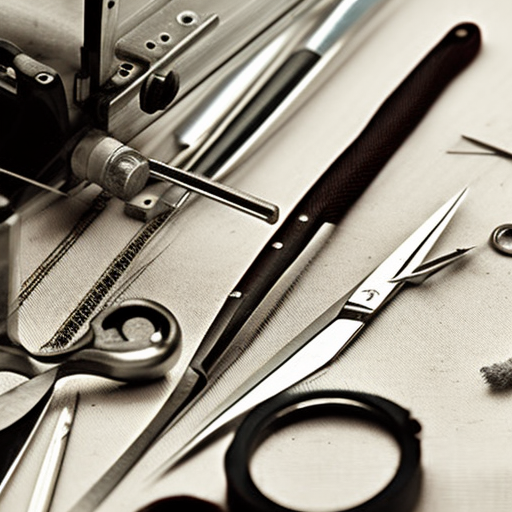
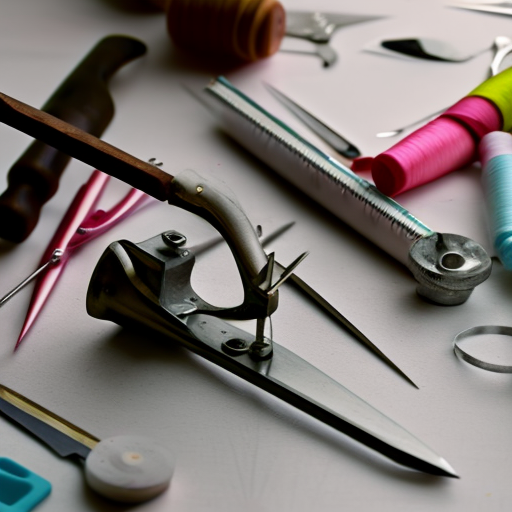
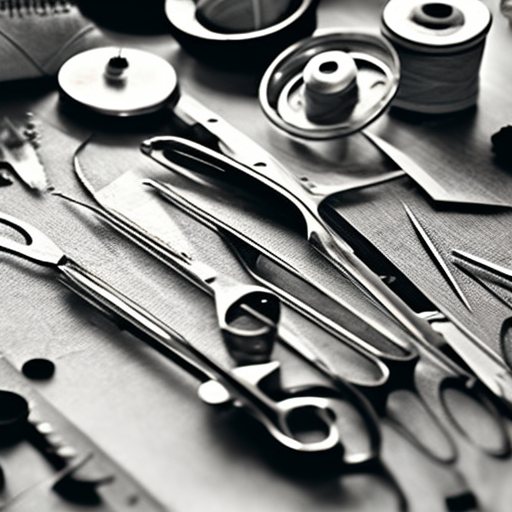
Great article! So helpful
Paula Fairfield: Very informative! #handywoman
Thanks to this article, I now feel confident when stocking my sewing tool box – it’s essential to have the right tools for a successful sewing project! #sewing